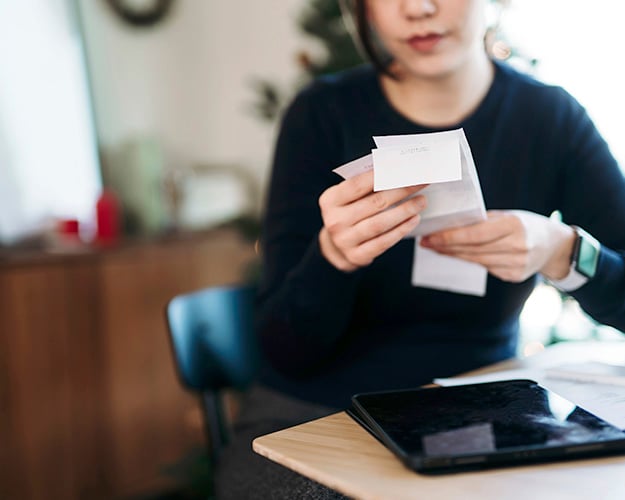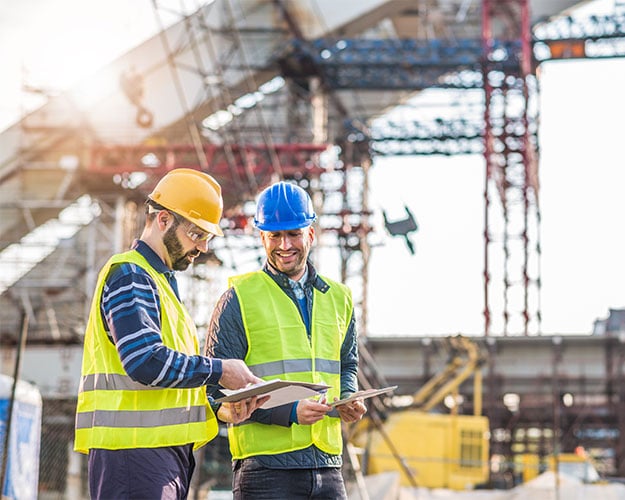Key Takeaways
- The Section 179D deduction, strengthened by the Inflation Reduction Act, encourages energy-efficient improvements with lasting financial benefits.
- Government-owned, privately-owned, and select tax-exempt buildings can capitalize on the 179D deduction.
- The enhanced deduction values and increased tax benefits are available until 2032.
The Section 179D deduction has been in effect since 2006 and was made permanent at the end of 2020. The Inflation Reduction Act (IRA) further enhanced the credit, with increased values through the end of 2032.
179D aims to financially incentivize energy efficient building improvements including HVAC, lighting, and building envelope.
What is the Section 179D energy tax deduction?
Internal Revenue Code Section 179D allows a deduction per square foot for energy-efficient commercial building property (EECBP), including interior lighting, the building envelope, and mechanical systems.
How much is the Section 179D energy tax deduction worth?
179D allows for a deduction of up to $1.88 per square foot for properties placed in service before 1/1/2023 and up to $5.00 per square foot for projects placed in service between January 1, 2023, and December 31, 2032. This deduction is indexed to inflation, so projects completed in 2023 can earn up to $5.36 per square foot, or $5.65 for projects completed in 2024.
The base deduction rate for 2023 starts at 50 cents per square foot for 25% improvement against a baseline model and increases incrementally to $1 per square foot for 50% improvement.
A bonus deduction is available for projects that meet prevailing wage and apprenticeship requirements. This bonus deduction starts at 2.50 per square foot and increases 10 cents for each percentage improvement up to $5 per square foot.
Who can take advantage of Section 179D?
Tax Exempt-Owned Buildings
The “designer” of government-owned EECBP is eligible for the 179D tax deduction. Generally, a designer creates the technical specifications for the installation of EECBP, and the designer could include architects, engineers, general contractors, and subcontractors. However, a person who installs, repairs, or maintains EECBP is not a designer.
Projects may have more than one qualifying designer. Therefore, an eligible designer should consider pursuing this deduction as early as possible before another designer claims the deduction.
The designer of EECBP related to a government-owned facility placed in service in a current year or the previous three years (assuming the statute of limitations has not closed on any of those years) could benefit from the Section 179D deduction.
A Recent Example
We worked with an architectural firm that designed the EECBP for several government-owned buildings. We analyzed the previous three years and determined the architectural firm is eligible for a $872,400 deduction (based upon 799,000 square feet of EECBP).
Privately Owned Buildings
Privately owned properties placed in service as of January 1, 2006, could benefit from the 179D deduction. The deduction is available for building owners, and tenants who pay for and are depreciating the energy-efficient improvements.
A Recent Example
We worked with a manufacturing company whose facility underwent a 183,000 square foot expansion, including installing energy-efficient HVAC and lighting. By gathering the necessary information and completing the certification, the client received over $325,000 in deductions on their current year tax return.
Other Types of Organizations
The Inflation Reduction Act made the 179D deduction widely accessible. The deduction is now available to real estate investment trusts and is also open to certain tax-exempt organizations who can allocate the deduction to the “designers.”
Eligible exempt organizations include:
- Federal government
- State or local governments, including public school districts
- Indian tribal governments
- Other tax-exempt organizations, like nonprofit hospitals
How is the 179D tax deduction obtained?
To claim the 179D deduction, energy savings must be certified by an unrelated “qualified individual” who is a contractor or professional engineer licensed in the same jurisdiction as the building. A site visit of the property and energy modeling are required using software approved by the Department of Energy.
Case Study: How 179D Provided a Fortune 500 Company a $26M Tax Deduction
For one Fortune 500 manufacturing company, the 179D deduction was a way to make necessary building improvements while realizing significant tax savings. With a 46-million-square-foot portfolio spanning over 350 U.S. facilities, the continual need for maintenance and renovations generated significant tax savings under section 179D.
Here’s how the Eide Bailly Energy Incentives Team has helped them realize a $26,000,000 tax deduction.
Step 1: Preparation
The team works to aggregate all documentation for a building (blueprints, plans, and specifications). After reviewing the documents, they schedule a site visit with the plant manager.
Step 2: Site Visit
The goal of the site visit is to understand how the building operates as a system—specifically, the mechanicals, heat and air conditioning, hot water, ventilation, interior lighting, and building envelope. The team works to document each facet of the building so they can pass the data to our energy modelers.
Step 3: Energy Modeling
Our energy modelers use AutoCAD and Department of Energy and IRS-approved software to compare the building model to a reference model and determine if the building has 25% or greater energy efficiency than the reference model (which is required to qualify for the deduction).
Step 4: Certification
Our Professional Engineers provide a certificate of compliance. The certificate of compliance is then attached to Form 3115 and submitted to the IRS, where an adjustment is made to reflect the deduction.
Step 5: Repeat
Each building is subject to the same process. Because of the extensive portfolio, this project has been divided into four phases, and the future phases will generate additional tax savings.
Proactive Planning Leads to Increased Opportunity
179D incentivizes organizations to invest in energy efficient spaces and the IRA further extends the reach of this credit. Proactive planning will allow accounting and tax departments to incorporate these incentives into their ledgers and increase cash flow opportunities. In addition, designers can make these incentives part of the design and construction process, helping to minimize tax liability.
Business Credits & Incentives



